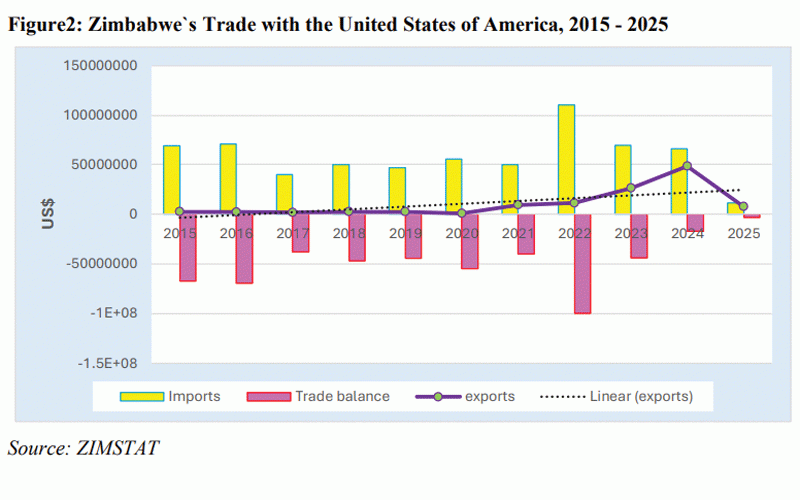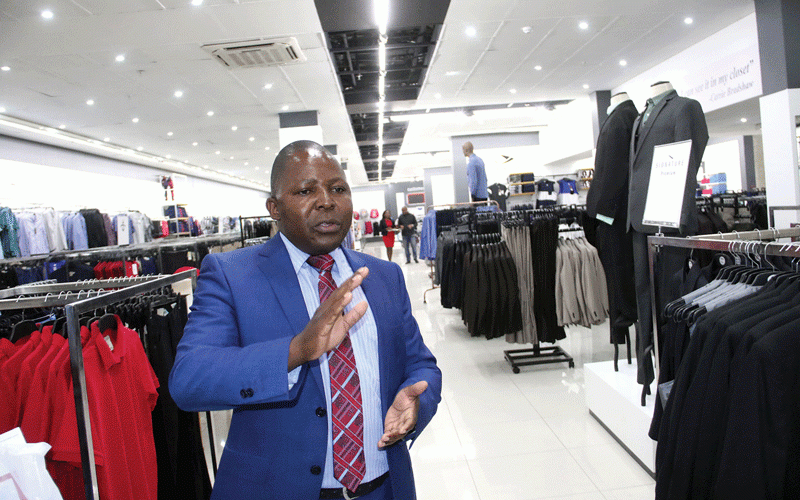THE National Competitiveness Commission (NCC) has called for a phased approach in removing tariffs on goods originating from the United States to allow local industries to adapt.
Last month, President Emmerson Mnangagwa directed the government to suspend all tariffs levied on goods originating from the United States, a measure he said was intended to facilitate the expansion of American exports within the Zimbabwean market.
Mnangagwa’s decision came after United States President Donald Trump imposed an 18% reciprocal tariff on Zimbabwe in response to the latter’s 35% tariff on American products.
“Implement a phased approach to tariff removal for sensitive sectors. This allows local industries time to adapt to increased competition. Conduct regular impact assessments to decide on pacing and possible exceptions,” the NCC said in an analysis of the removal of tariffs.
“Provide targeted subsidies or tax incentives for industries most vulnerable to foreign competition, especially SMEs [small to medium enterprises] and local manufacturers in labour-intensive sectors. Facilitate partnerships between local firms and USA suppliers to allow technology transfer, enabling Zimbabwean firms to improve productivity and competitiveness.”
- ZBFH registers ZiG261,94m profit in 2025 Q1
- Afdis hit with US$1,84m tax bill by Zimra
- EcoCash launches international money transfers from Zimbabwe to other countries
- WestProp profit drops on lower fair value adjustments
- Zim seeks to increase fruit and chilli exports to Singapore
The NCC said local firms needed to invest in energy, transport and digital infrastructure to lower production costs and increase competitiveness.
“Launch training and educational programmes aligned with sectors expected to grow through increased access to USA technology and machinery,” the commission said.
It also noted that instead of importing finished goods, local firms needed to promote the importation of raw materials and intermediate goods, while encouraging local processing and manufacturing.
“Incentivise industries that add value to local agricultural and mineral resources before export,” the commission said.
“Broaden export markets beyond the USA to reduce dependence and increase resilience. Support export-oriented industries through easier access to finance, marketing support and logistics facilitation.”
The commission also called for fair competition through robust regulatory frameworks that prevent dumping and protect emerging sectors.
“Enhance the capacity of agencies like Zimra [Zimbabwe Revenue Authority] and ZimStat to monitor trade flows and respond to market dynamics effectively,” the commission added.
It also asked for grants or incentives for businesses investing in research and development, especially in agriculture, manufacturing and ICT, as well as capacitating innovation hubs and incubators to support startups and tech-driven enterprises.
“Design investment incentives targeting US firms in high-tech, renewable energy and manufacturing sectors that promote local employment and skills development. Ensure FDI [foreign direct investments] complements rather than displaces domestic production,” the commission said.
“Removing tariffs can provide numerous benefits by enhancing cost efficiency, product access and overall competitiveness. However, there are potential negative impacts on local industries and the economy relating to trade imbalance, unfair competition, job losses and industry closures, among others.”
The commission noted that it was therefore important for the country to balance these aspects to promote business competitiveness and economic growth towards an upper-middle-income economy.
“In addition, a regional approach to the tariff issue provides an opportunity for member States to negotiate favourable terms with the USA,” it said.
Since 2015, imports from the United States have been consistently much higher than exported Zimbabwean goods, depicting a negative trade balance for Zimbabwe of US$67 million in 2015.
However, gap has since narrowed to US$17,3 million last year.
Imports decreased by 5,96% to US$65,5 million last year, from US$69,66 million in 2015. Exports increased by 1 984% to US$48,1 million during the same period, from US$2,3 million.













